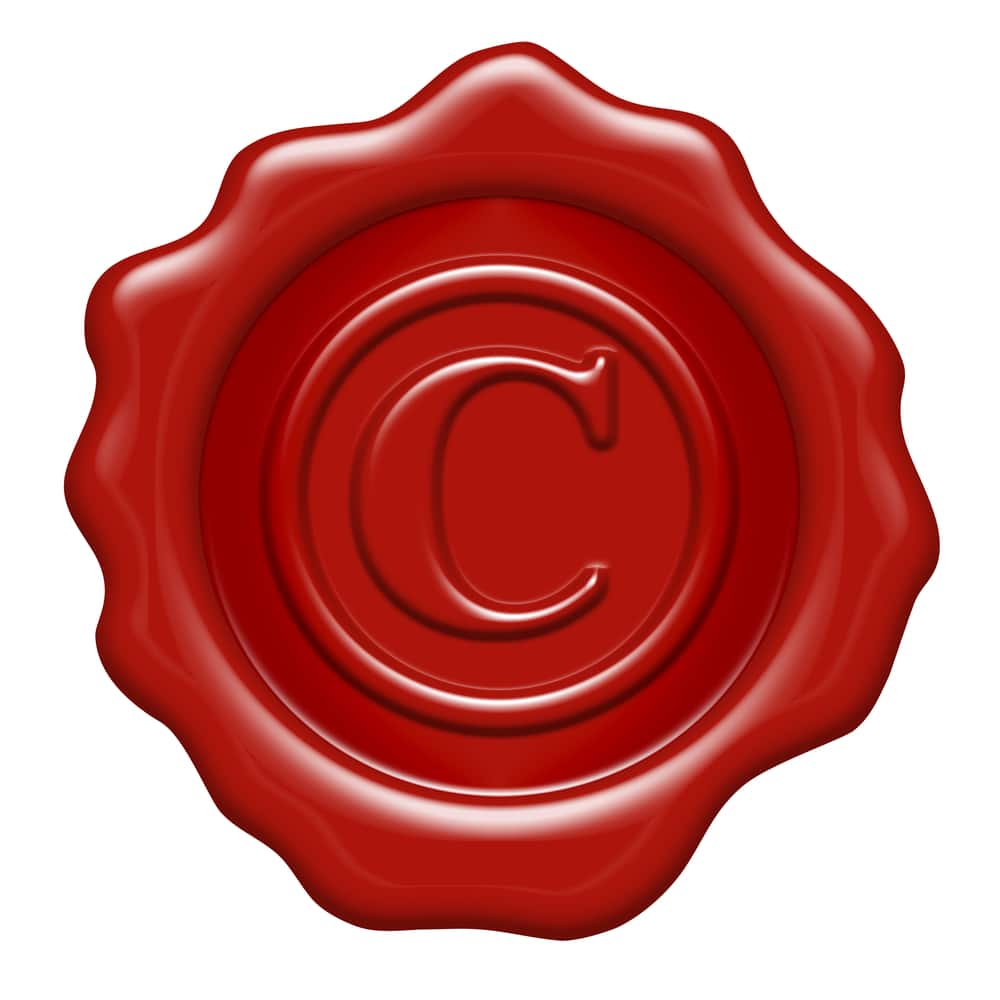As per section 2(1) (j) of the Patents Act, 1970 invention means any new and useful art, process, method or manner of manufacture; machine, apparatus or other article; substance produced by manufacture, and includes any new and useful improvement of any of them, and an alleged invention.
It has been held that a method or process is a manufacture if it – (i) results in the production of some vendible product, or (ii) improves or restores to its former condition a vendible product, or (iii) has the effect of preserving from deterioration some vendible products to which it is applied.
ADVERTISEMENTS:
A patent can be obtained only for an invention which is new and useful. The invention must relate to a machine, article or substance produced by manufacture, or the process of manufacture of an article.
A patent may also be obtained for an improvement of an article or of a process of manufacture. In regard to medicine or drug and certain classes of chemicals no patent is granted for the substance itself even if new, but a process of manufacturing the substance is patentable.
The three essential requirements of a patentable invention are novelty, inventiveness, and utility. The applicant for a patent must be the true and first inventor or a person who has derived title from him, the right to apply for a patent being assignable. He must give a full and sufficient
Closure of the invention and specify the precise limits of the monopoly. The invention claimed must be novel and must not be obvious to those who are skilled in the art to which it relates.
ADVERTISEMENTS:
A thing already published and known to the public is not an invention, and no patent should be granted to it. The main objective and fundamental principle of the Patents Act is granting a patent for an invention.
The entire scheme of the Act is framed depending on only two themes i.e. invention and grant of patent. The object of the Act aims to grant exclusive privileges to the patentee to own, use or sell the method or product for limited period.
It grants monopoly to the patentee on the new invention. There are three stages involved in an invention – a difficulty of a problem is to be solved; a general principle is to be applied in solving the problem in a particular manner; and a particular manner is to be used by general public at large.
Once an invention is published, the industrialists catch it, and make the arrangements for the huge production of it, if the said invention is useful to public.
ADVERTISEMENTS:
Therefore, as soon as a useful invention comes out of the mind of an intelligent person, it becomes merchandise quality, if the said invention is useful for the public at large. Therefore, an invention must be associated with trade and commerce.
Section 4 of the Act adds that inventions relating to atomic energy falling within sub-section (1) of section 20 of the Atomic Energy Act, 1962 are not patentable.
Under the Patents (Amendment) Act, 1999, a claim for a product in respect of an invention relating to medicine or drug can be made subject to certain exceptions. Such claims will be dealt with in the manner provided by the Amendment Act. A computer programme is not considered a patentable invention, but it is now protectable under the Copyright Act as a literary work.

